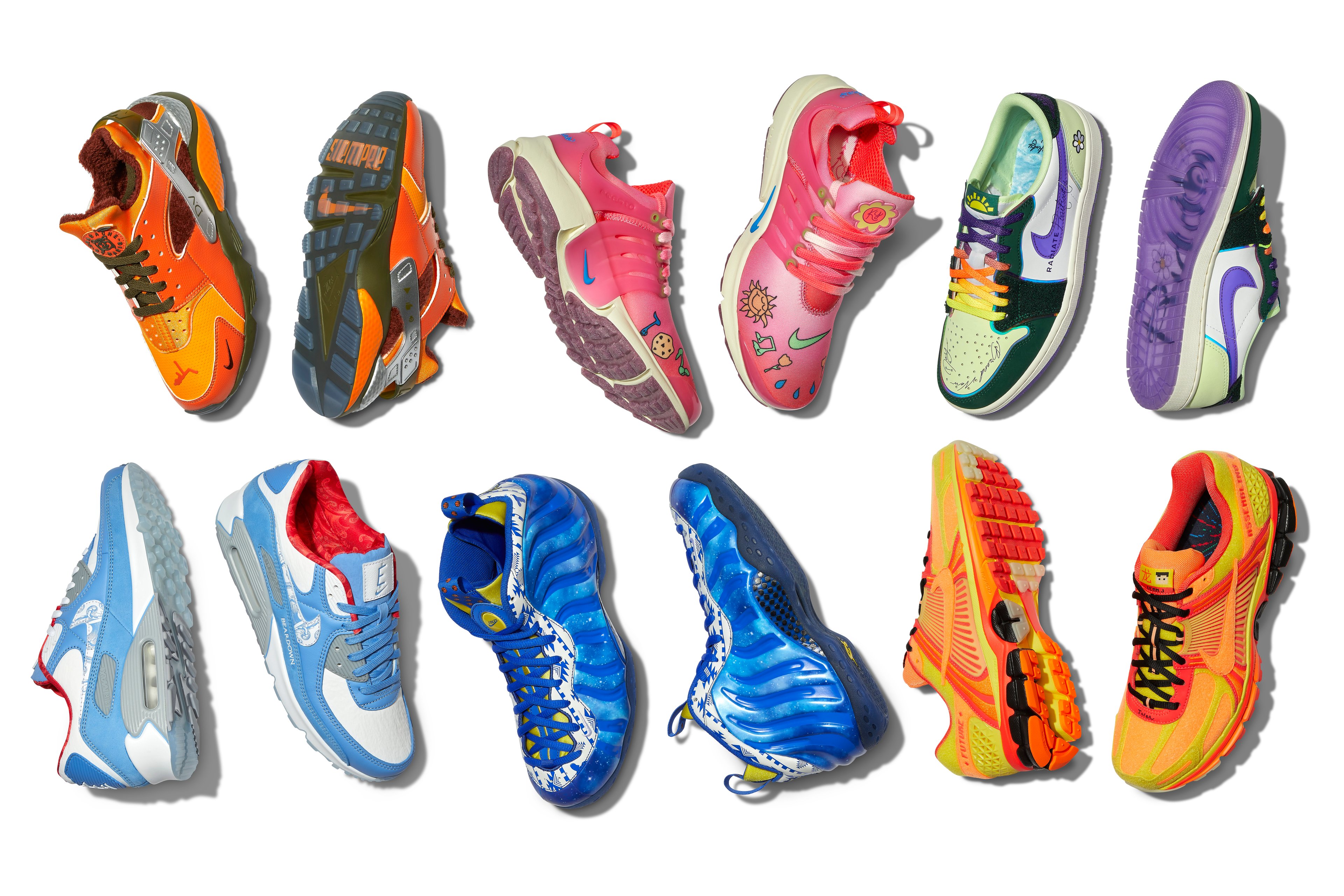So much attention is given to the growth trajectory of Under Armour (UA +0.80%) that investors sometimes forget that the world's largest maker of sports apparel, Nike (NKE +2.98%), still demonstrates strong growth and innovation every quarter. This trend continued as Nike's second-quarter earnings came in just ahead of analyst estimates, thanks to 8% revenue growth and increased gross margins.
Nike delivers a solid quarter
Nike delivered solid results across the board. On a currency-adjusted basis, Nike grew revenue in each of its geographic regions; of particular note was the strong 15% growth in Western Europe, a stronghold of Adidas (NASDAQOTH: ADDYY). Nike's 5% revenue growth in China may not seem like much, but it certainly represents a positive turnaround to a concerning trend in recent quarters.
Thanks to a favorable mix in sales toward higher-margin products, Nike was also able to increase gross margins 140 basis points; this drove diluted earnings per share of $0.59, a penny higher than expectations.
So why the lackluster reaction from the market? Investors are concerned with Nike's 14% uptick in selling, general, and administrative costs. While it is typically not a good thing when expense growth outpaces revenue growth, a little more digging is required to get a true understanding of this number. On the earnings call, CEO Mark Parker attributed this increase to investments that will drive future growth; these investments take the form of both "demand creation" projects such as marketing ramp-up leading into the Olympics, World Cup, and other major sporting events and "strategic initiatives" that develop new products in growth areas such as digital products (e.g., the Fuelband).
Spending that will drive growth by attracting customers and creating innovative new products can hardly be considered a negative for anyone taking a long-term view of the company. Fuelband has taken a leading position in the growing integration of digital technology into fitness. Meanwhile, ramped-up marketing expense for major international events like the Olympics and World Cup present Nike with the opportunity to further gain market share in markets where Adidas has a leading position.
Nike's valuation is more attractive than Under Armour's
Under Armour is growing faster than Nike, so it is logical that shares of Under Armour deserve a premium. However, the extent of the premium is often debated; as illustrated by this side-by-side comparison, shares of Nike remain far more attractive even on a growth-adjusted basis:
| Valuation Metric | NKE | UA |
|---|---|---|
| TTM revenue (in billions) | $25.8 | $2.2 |
| Expected revenue growth | 8.8% | 21.9% |
| TTM price-to-sales ratio | 2.71 | 4.23 |
| TTM earnings (in billions) | $2.7 | $0.1 |
| TTM price-to-earnings ratio | 26.41 | 62.45 |
| Expected earnings growth | 12.7% | 21.6% |
| PEG ratio | 2.03 | 2.72 |
Source: Yahoo! Finance, Dec. 19, 2013. TTM = trailing-12-month.
As evidenced by the difference in PEG ratios, investors are placing a huge premium on the expectation that Under Armour will generate earnings growth at a rate almost double that of Nike. Investors often equate growth potential with market-beating returns; while this can certainly be the case, shares of Nike have kept pace with Under Armour over the past year, as illustrated below:
NKE Total Return Price data by YCharts.
The reason Nike's shares aren't moving higher
After it delivered another solid quarter and remaining more attractively valued than Under Armour, investors may wonder why shares of Nike aren't moving higher. Quite simply, Nike's performance is already priced into the shares; the company is trading at historically high price-to-sales ratio, as shown below:
NKE PS Ratio (TTM) data by YCharts.
Similarly, shares of Nike are at the high end of the company's historical price-to-earnings ratio range:
NKE P/E Ratio (TTM) data by YCharts.
At the top of its recent valuation range, it will be hard for shares of Nike to move dramatically higher in the near term; 60% annual increases like those registered in the past year are unlikely to repeat, barring transformative changes to the company. Accordingly, the recent rise in the company's share price will continue to result in the market "yawning" at solid results given that further valuation multiple expansion is hard to justify.









